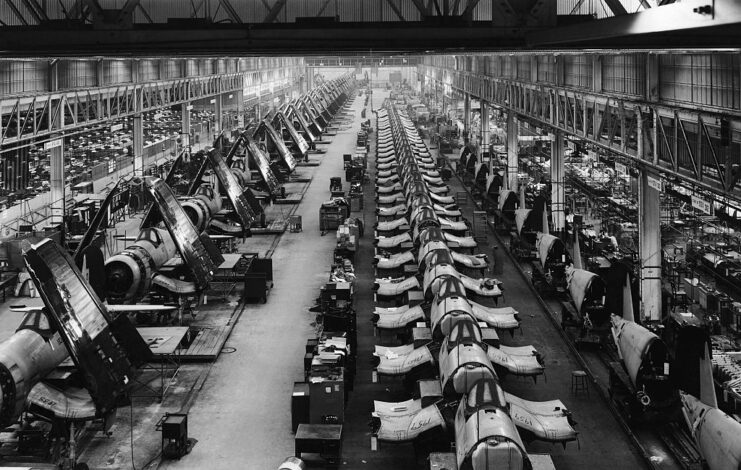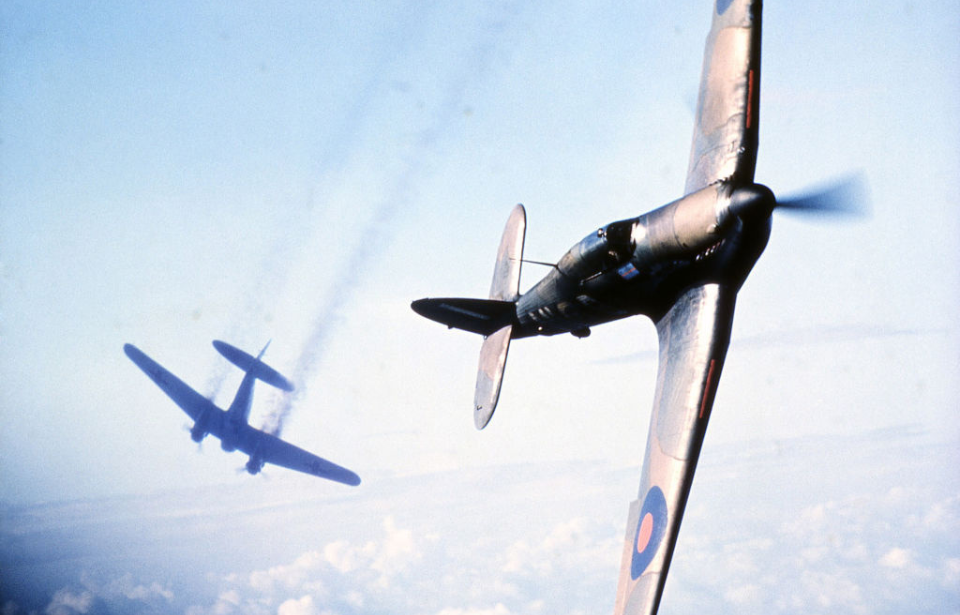In the shadowy chapters of history, battles are often viewed through the prism of generals and troops – their tactics, their bravery and their sacrifices. However, beneath the surface of strategy and human courage there pulses another narrative of the machines. From the rumbling roar of tanks and the relentless hum of aircraft, to the tireless engines of trucks and ships carrying personnel across the globe, the vehicles of World War II weren’t just silent spectators, but transformative characters.
Civilian boats
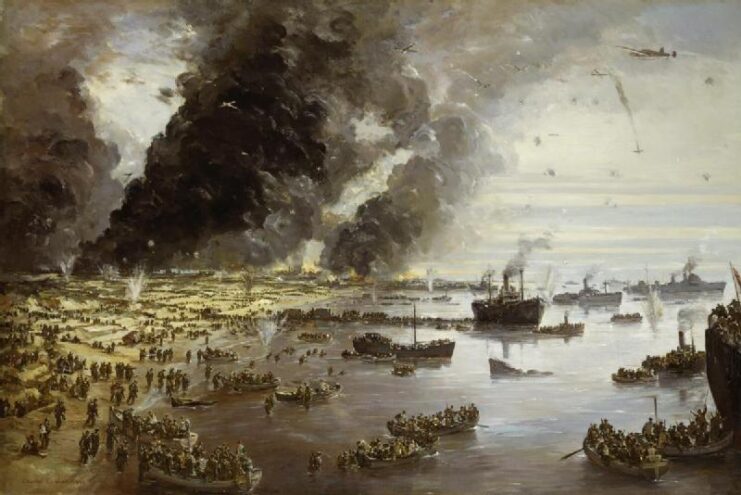
One of the defining moments of the Second World War was the miraculous evacuation of Dunkirk. Ordinary civilian vessels transformed almost overnight into life-saving crafts, becoming the unsung heroes of Operation Dynamo. These humble boats, ranging from fishing trawlers to pleasure yachts, crossed the English Channel, braving enemy fire and treacherous waters to rescue over 338,000 trapped British and Allied troops.
Their actions, a symphony of courage and unity, were a turning point that buoyed the spirits of a beleaguered Britain and altered the course of history.
Willys MB
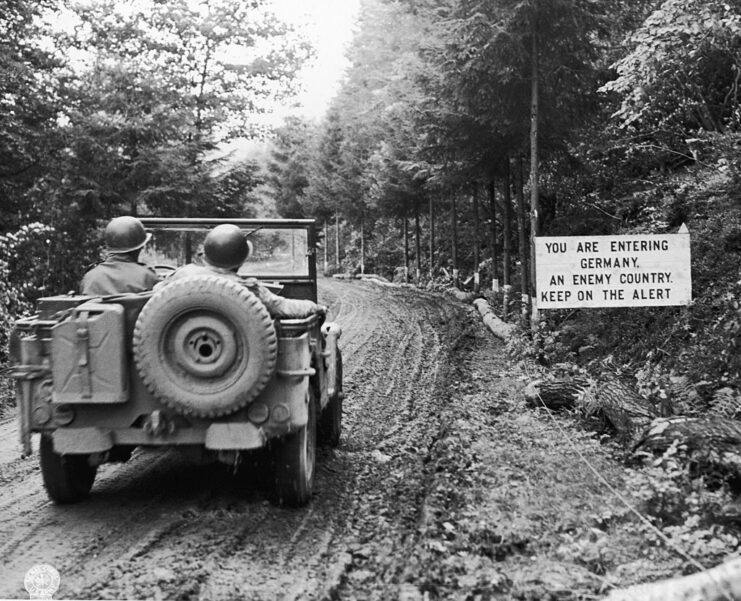
Renowned for its durability and versatility, the Willys MB was the automotive workhorse of World War II – and one of the most widely-used vehicles. Its rugged design and unyielding reliability made it a constant presence in Europe and the Pacific, where it served in a myriad of roles, from transporting troops and equipment, to operating as a makeshift ambulance.
This “Jeep,” as it was affectionately known, became an enduring symbol of American grit and ingenuity, leaving an indelible mark on the annals of wartime engineering.
Liberty ships
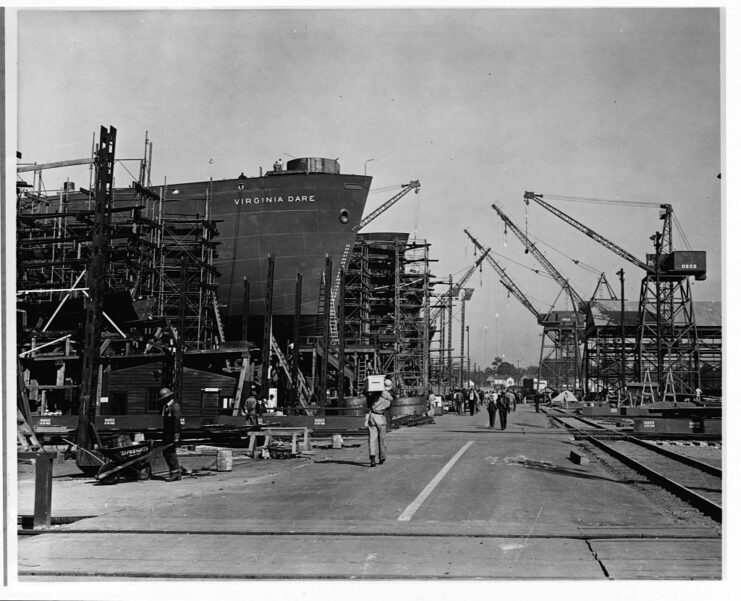
Like industrial leviathans, liberty ships were the embodiment of wartime logistics and production prowess. These hastily-built, unassuming freighters became lifelines for the Allies during World War II, carrying much-needed supplies across perilous seas.
Their sheer numbers – a staggering 2,710 were built – and their tireless crews helped stem the tide of war, proving that victory was as much about steel and cargo space as it was about bullets and bravery.
Boeing B-29 Superfortress
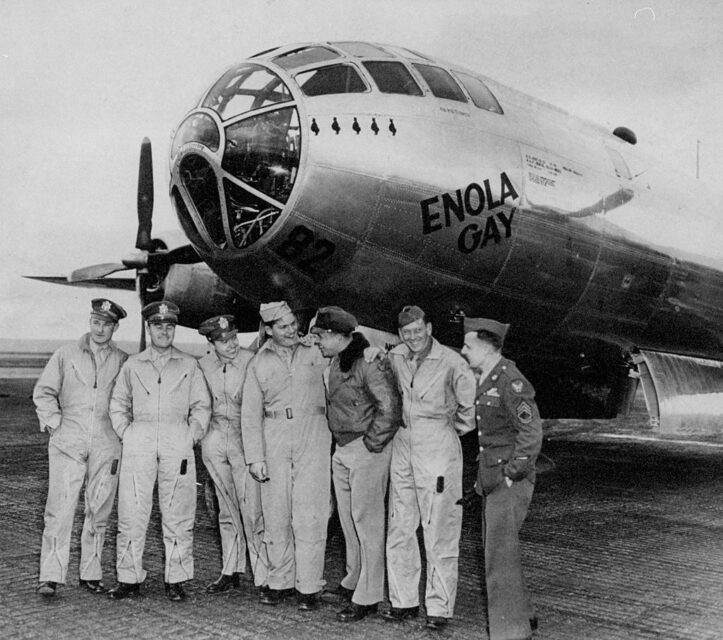
The Boeing B-29 Superfortress, a mechanical marvel for its time, delivered a profound impact that resonated well beyond the battlefield. This particular vehicle was a symbol of America’s aerial dominance during World War II, with its pressurized cabin, remote-controlled guns and the capability to carry significant bomb loads over long distances.
The B-29 etched its place in history – particularly the Enola Gay and Bockscar – which dropped the atomic bombs on Hiroshima and Nagasaki, effectively ushering in the end of the conflict.
GMC CCKW 2½-ton 6×6 truck
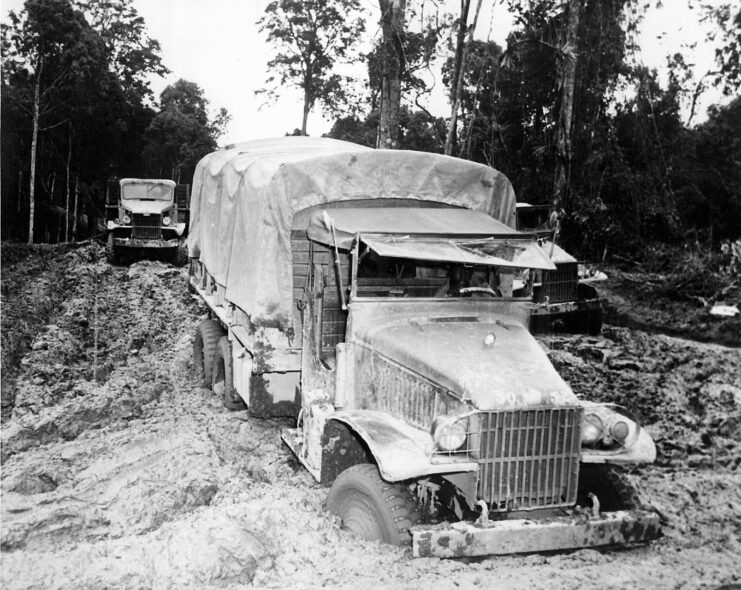
Often overlooked, the humble GMC CCKW 2½-ton 6×6 – or “Deuce and a Half,” as it was otherwise known – holds a prominent place in vehicle development during World War II. Engineered for harsh terrains and diverse payloads, over half a million were produced. It served as the backbone of the US Army’s logistics network, ferrying troops, food and ammunition across all theaters.
This GMC CCKW’s testament lies not just in its vital wartime role, but in its lasting utility in subsequent conflicts and civilian use.
T-34
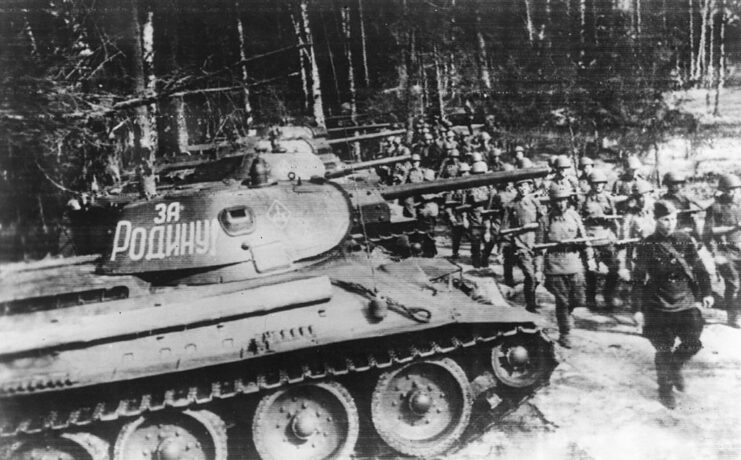
The T-34 tank, a combination of innovative design, strong armor and lethal firepower, was a game-changing vehicle on the Eastern Front during World War II. It dominated German Panzers and helped the Red Army push back the invaders.
The T-34, a mechanical testament to Soviet resilience and ingenuity, played a significant role in the USSR’s victory against the German Wehrmacht.
Douglas DC-3
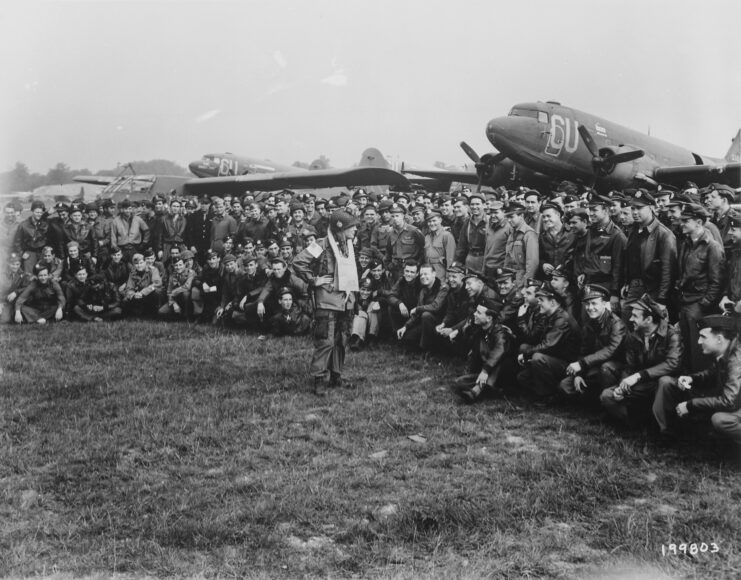
Arguably one of the greatest aircraft ever made, the Douglas DC-3 revolutionized air transport. Its robust design, exceptional performance and large carrying capacity made it an invaluable asset during World War II.
M4 Sherman
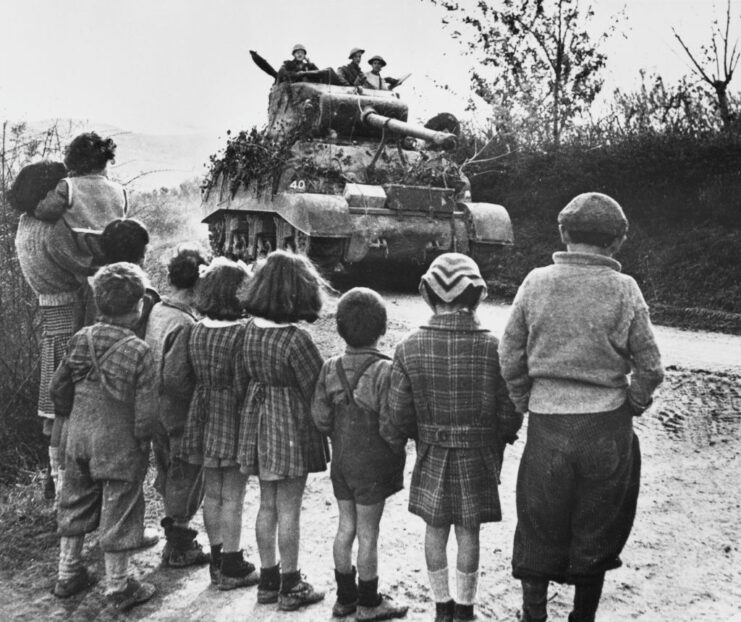
The M4 Sherman was the American forces’ main battle tank (MBT) throughout World War II, and it was a fearsome vehicle. Though it faced heavier and more powerful German tanks, its superiority in production, mechanical reliability and flexibility made it instrumental in the Allied ground offensive.
The M4 Sherman was more than just a fighting machine – it was a symbol of American industrial might.
Higgins Boat
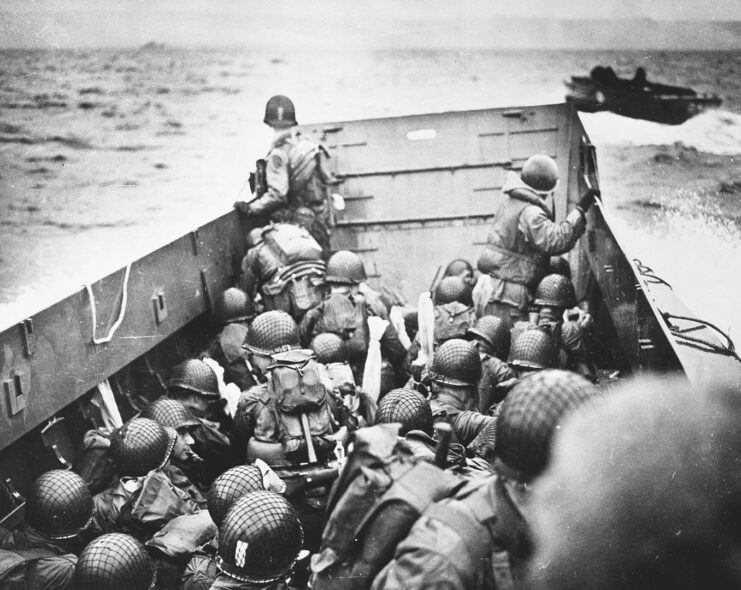
The Higgins Boat – or LCVP (Landing Craft, Vehicle, Personnel) – played a pivotal role in amphibious assaults, most famously D-Day. Its ingenious design allowed troops to land directly onto the five beaches, accelerating the pace of attacks and changing the dynamics of beachhead combat.
Aircraft carriers
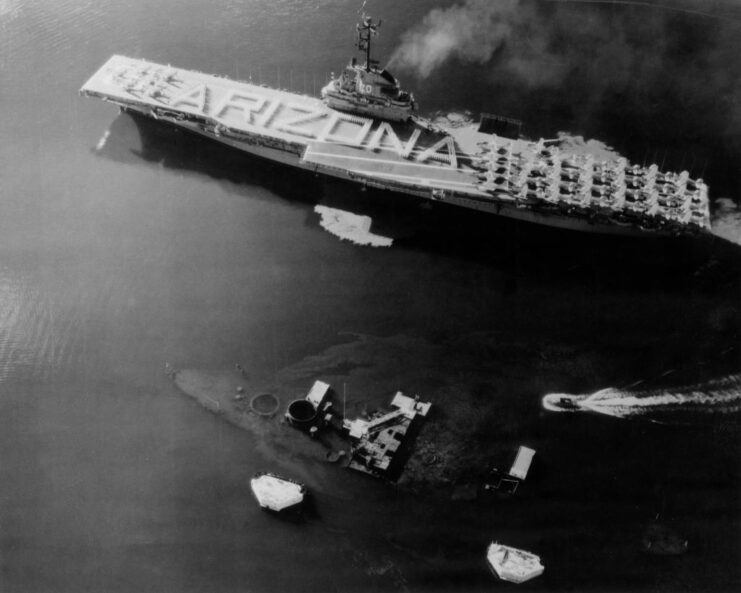
Aircraft carriers marked a new era in naval warfare. During World War II, these floating bases projected power across the Pacific, becoming the central figures in major naval battles. They played an important role in achieving Allied air superiority, with their aircraft launching successful strikes against enemy positions, as well as engaging the Japanese in the air.
North American P-51 Mustang
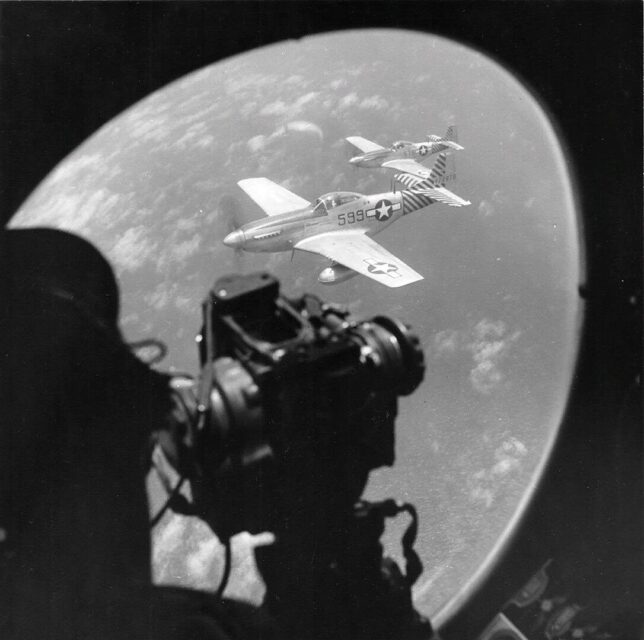
The North American P-51 Mustang was a triumph of design and performance. It helped the Allies rule the skies over Europe, as its long range made it the perfect escort for bombers, protecting them from enemy fighters.
Hawker Hurricane
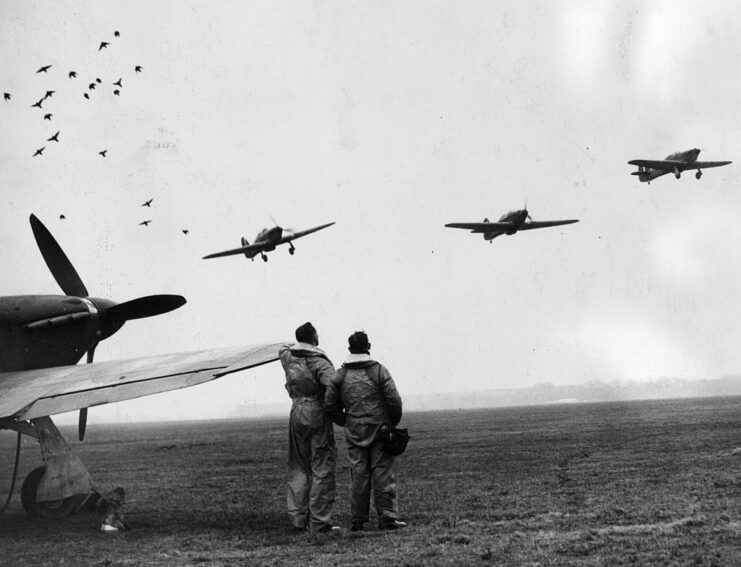
An unsung hero of the Battle of Britain, the Hawker Hurricane shot down more enemy aircraft than its more famous counterpart, the Supermarine Spitfire. Its rugged design, ease of repair and lethal firepower made the Hurricane a key player in the Royal Air Force’s (RAF) efforts to defend Britain against the Luftwaffe.
The aircraft exemplifies that, in war, it’s often the workhorses, not the show ponies, that make the biggest difference.
Assembly lines
